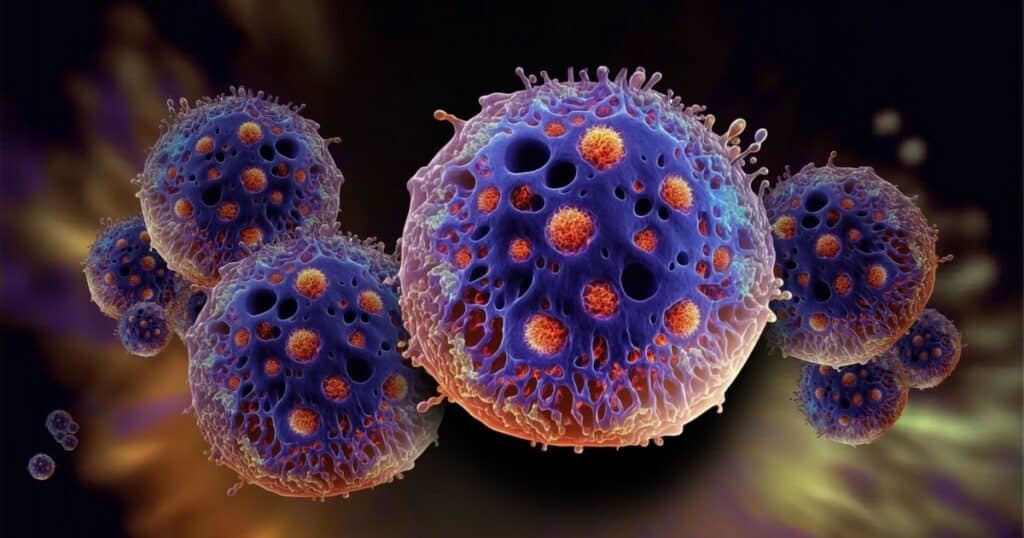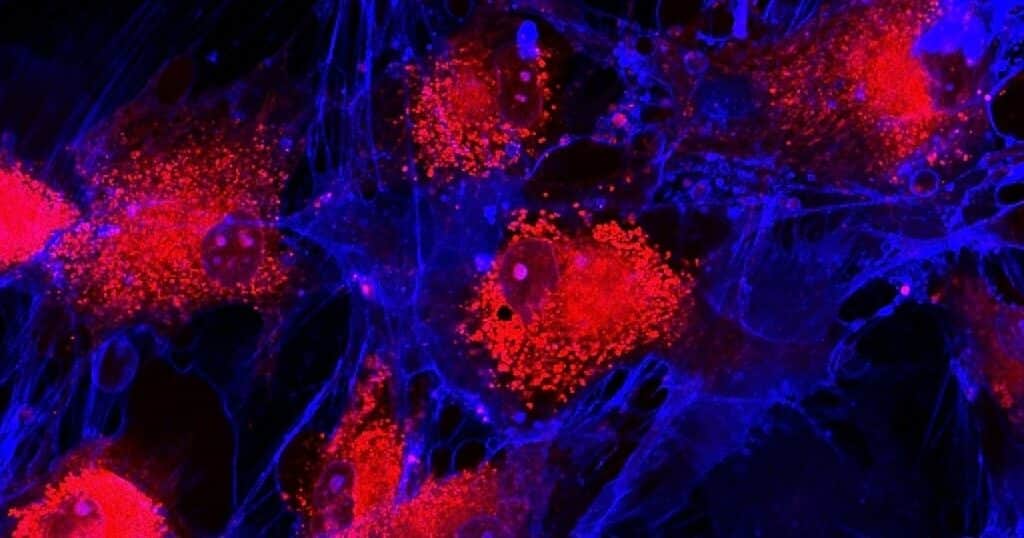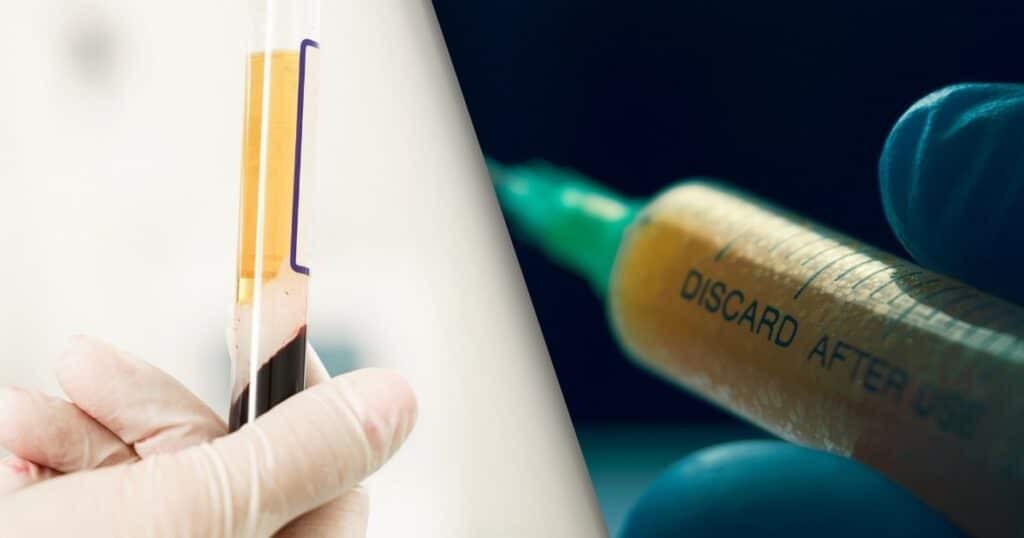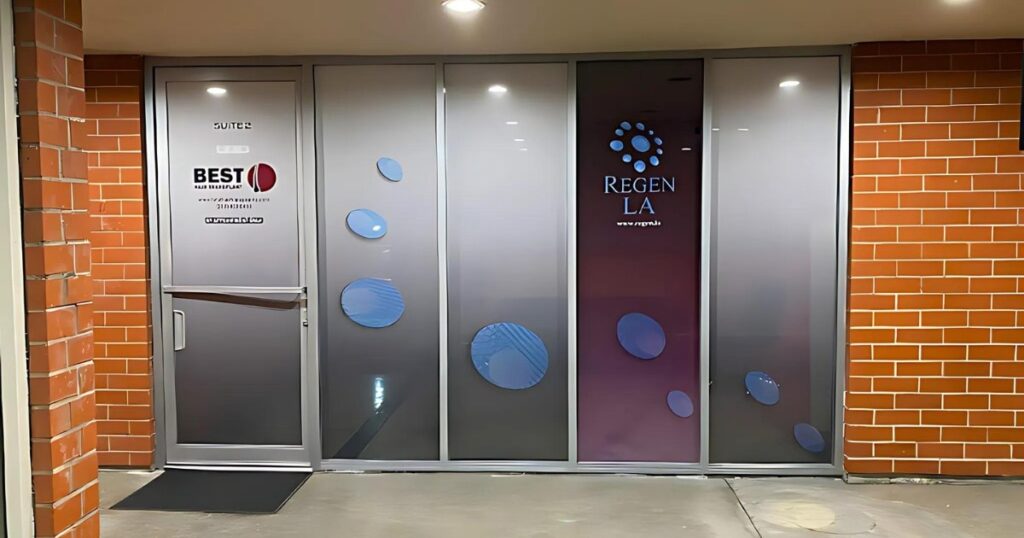
Regenerative medicine has advanced significantly, presenting options for healing and recovery that were previously unimaginable. Today, therapies such as exosomes, stem cell therapy, and Platelet-Rich Plasma (PRP) are providing new avenues for treating a wide range of conditions, from wound healing to tissue regeneration and pain management.
Understanding the potential of each therapy, including the various stem cell types and their applications, is essential to making informed decisions about medical treatments, especially for individuals interested in long-term regenerative solutions.
Among the available therapies, stem cells stand out for their regenerative power, particularly when combined with PRP. In this article, we’ll discuss how exosomes and stem cells compare, why stem cells may be more effective for lasting results, and the unique benefits of combining PRP with stem cell injections for optimal regenerative outcomes.
Introduction
Regenerative therapy is a groundbreaking medical approach that focuses on repairing or replacing damaged tissues and organs to restore normal function. This field of medicine has garnered significant attention in recent years due to its potential to revolutionize the treatment of various diseases and conditions. By harnessing the body’s natural healing processes, regenerative therapy aims to provide long-term solutions that go beyond merely managing symptoms, offering hope for patients with chronic and degenerative conditions.
What is Regenerative Therapy?

Regenerative therapy is a type of medical treatment that leverages the body’s own cells, tissues, or biological molecules to repair or replace damaged tissues and organs. Unlike traditional treatments that often focus on alleviating symptoms, regenerative therapy aims to restore normal function and promote true healing.
This approach includes a number of various techniques, such as stem cell therapy, the use of exosomes, and Platelet-Rich Plasma (PRP) treatments, each contributing uniquely to the field of regenerative medicine.
Exosomes in Regenerative Therapy: What Are They and How Do They Work?

Exosomes are small extracellular vesicles that function as cellular messengers, carrying growth factors, proteins, and genetic material from one cell to another. Found in various cell types, including mesenchymal stem cells (MSCs), exosomes play a crucial role in cellular processes like cell proliferation and immune response. When used in regenerative medicine, exosomes can facilitate communication between cells, helping to stimulate healing, repair response, and the activation of specific cells in targeted tissues.
Exosomes can be particularly beneficial in areas like tissue healing and cell replacement, as they release growth factors that promote cell-to-cell communication. In some studies (e.g., DOI 10.1016), stem cell-derived exosomes have shown promise in supporting tissue integrity and encouraging tissue regeneration.
However, because they cannot differentiate into new cells, exosomes have limited regenerative capability compared to stem cells. While exosomes may stimulate nearby cells, they lack the ability to directly contribute to new tissue formation, making them a supportive rather than a primary treatment in regenerative medicine.
Origins and Function of Exosomes
Exosomes are small, membrane-bound vesicles secreted by cells, playing a crucial role in intercellular communication. These tiny vesicles are formed through the process of exocytosis, where cells release their contents into the extracellular space.
Exosomes carry a variety of molecules, including proteins, lipids, and nucleic acids, which they use to communicate with other cells and influence their behavior. In regenerative medicine, exosomes are valued for their ability to transfer growth factors and genetic material, thereby facilitating tissue repair and regeneration.
The Power of Mesenchymal Stem Cells in Regenerative Therapy

Stem cells have a unique place in regenerative medicine due to their ability to differentiate into various specialized cells, allowing them to participate directly in tissue regeneration. Different types of stem cells, such as mesenchymal stem cells (MSCs), hematopoietic stem cells, pluripotent stem cells, and somatic stem cells, each have specific roles and regenerative capacities. For example, hematopoietic stem cells, often derived from bone marrow or umbilical cord blood, are essential for generating blood cells, while mesenchymal stem cells are known for promoting tissue repair and enhancing tissue regeneration in adult tissues.
Stem cells can differentiate into various cell types, including brain cells, highlighting their versatility and potential applications in treating neurological conditions.
Stem cells can be categorized based on their potential to differentiate: pluripotent stem cells (such as embryonic stem cells) can transform into nearly any cell type, while adult stem cells and induced pluripotent stem cells (iPSCs) have more specific capabilities. MSCs, for example, are found in bone marrow or fat (adipose tissue) and are particularly effective in musculoskeletal and orthopedic treatments. They can also contribute to heart function recovery and have applications in cancer treatment, bone regeneration, and more.
Stem cell therapy has been shown to have promising results in treating degenerative diseases, maintaining tissue integrity, and promoting wound healing. By injecting stem cells directly into damaged tissues, doctors can encourage the formation of new tissue, which strengthens the treatment area and supports long-term healing. This regenerative power makes stem cells a popular choice for those looking to address complex conditions like joint degeneration, heart disease, and even brain cell repair.
Understanding What Stem Cells Are
Stem cells are unique cells with the remarkable ability to differentiate into various specialized cell types and tissues. Found in different parts of the body, including bone marrow, fat tissue, and umbilical cord blood, stem cells hold immense potential for regenerative therapy.
Their ability to transform into different cell types makes them invaluable for repairing or replacing damaged tissues and organs. Whether sourced from bone marrow or other tissues, stem cells are at the forefront of regenerative medicine, offering promising solutions for a wide range of medical conditions.
Role of Exosomes and Stem Cells in Biological Systems
Exosomes and stem cells play pivotal roles in various biological systems, including tissue regeneration, immune response, and cell signaling. Exosomes act as delivery vehicles, transporting therapeutic molecules to specific cells or tissues, thereby enhancing cellular communication and promoting healing. On the other hand, stem cells can directly repair or replace damaged tissues and organs, thanks to their ability to differentiate into specialized cells.
In the context of regenerative therapy, the synergy between exosomes and stem cells can significantly enhance tissue regeneration and repair. For instance, exosomes can deliver growth factors and other signaling molecules to stem cells, which then differentiate into specific cell types and tissues. This collaborative approach harnesses the strengths of both exosomes and stem cells, offering a powerful tool for promoting tissue regeneration and achieving long-term healing.
Overall, regenerative therapy holds the potential to transform the treatment of various diseases and conditions by utilizing the combined power of exosomes and stem cells to repair or replace damaged tissues and organs. As research and clinical applications continue to advance, the future of regenerative medicine looks increasingly promising, offering new hope for patients worldwide.
The Role of PRP (Platelet-Rich Plasma) in Enhancing Stem Cell Therapy
PRP, or Platelet-Rich Plasma, is a concentrated solution of platelets and growth factors derived from the patient’s own blood. The PRP preparation process involves isolating platelets, which contain growth factors that stimulate cell proliferation, wound healing, and tissue repair. In regenerative medicine, PRP has gained popularity for its ability to enhance healing and support cell processes that encourage tissue integrity.
When used with stem cell therapy, PRP serves as a powerful complement by providing a nutrient-rich environment that enhances stem cell activity. PRP releases growth factors that stimulate repair response and create favorable conditions for stem cells to thrive, improving treatment outcomes. This combination of PRP and stem cells can lead to faster recovery, reduced inflammation, and improved long-term healing in conditions such as musculoskeletal injuries and skin rejuvenation.
By enriching the area with growth factors, PRP amplifies the effectiveness of stem cell injections, supporting tissue repair and regeneration. PRP is often used alongside stem cells in various treatments, from addressing degenerative diseases to promoting wound healing and collagen synthesis, making it an invaluable addition to regenerative therapies.
Combining Stem Cells and PRP for Enhanced Regenerative Outcomes

Stem cells, when paired with PRP, offer a potent combination that provides better results than PRP therapy alone. This synergy creates an environment that not only accelerates healing but also improves tissue regeneration, making it a valuable option for patients seeking effective solutions in the field of regenerative medicine.
Enhanced Healing and Circulation
The growth factors in PRP improve blood flow and circulation, delivering oxygen and essential nutrients to the affected area. When combined with stem cells, PRP helps the stem cells achieve greater regenerative outcomes by enhancing cell survival and promoting new tissue formation. This improved blood flow supports faster healing, which is particularly beneficial in cases that require prompt recovery, such as post-surgery or after orthopedic injuries.
Accelerated Tissue Regeneration
Stem cells bring new cells into the damaged area, while PRP creates an environment that supports cell growth and tissue regeneration. This combination can address complex cases requiring extensive healing, such as tendon injuries, cartilage repair, and other degenerative conditions. For example, in stem cell research involving MSCs and iPSCs, combining these cells with PRP has shown potential for enhanced tissue integrity and long-lasting effects.
Improved Collagen Production
Collagen synthesis is a critical aspect of skin health, wound healing, and tissue regeneration. PRP stimulates collagen production, while stem cells support structural repair and resilience. Together, they contribute to better skin texture, elasticity, and strength, making this combination a popular choice for anti-aging treatments, skin rejuvenation, and scar reduction.
Reduced Recovery Time and Inflammation
PRP contains bioactive molecules that reduce inflammation, promoting a quicker and more comfortable recovery. Patients who undergo stem cell therapies with PRP often report reduced downtime, allowing them to resume daily activities sooner than those relying solely on traditional treatments. This approach minimizes the immune response, offering a more comfortable healing experience and helping to prevent further complications.
Long-Term Regenerative Benefits
The combination of PRP and stem cells offers not only immediate improvements but also long-term regenerative outcomes. PRP amplifies the potential of stem cells to form new tissues, which leads to more enduring effects. For patients experiencing conditions like osteoarthritis or chronic pain, this combination has the potential to provide meaningful, lasting relief by restoring function and supporting tissue integrity.
Why Exosomes Alone May Not Be Sufficient for Regenerative Therapy
While exosomes offer significant benefits in facilitating cell-to-cell communication, they fall short when it comes to directly regenerating tissues or promoting new cell growth. Here are some limitations of using exosomes alone:
Lack of Direct Regenerative Ability
Exosomes serve as signaling molecules, enhancing communication among cells, but they cannot generate new cells or repair tissue independently. While they may stimulate the activity of other cells, they do not provide the same regenerative potential as stem cells or PRP.
Temporary Results
Exosome therapy may deliver temporary improvements by promoting cellular activity, but without the regenerative foundation provided by stem cells, these results are often short-lived. Stem cells offer a more comprehensive solution by contributing to new tissue formation, making them ideal for individuals seeking sustainable healing.
Reduced Versatility
Exosomes are limited in versatility, focusing primarily on enhancing cellular communication rather than addressing structural needs. Stem cells, on the other hand, can be applied to a range of tissues and conditions, including bone regeneration, heart function restoration, and brain cell repair, making them more adaptable for regenerative medicine applications.
For these reasons, exosomes are most effective when used as a complement to ot
her regenerative therapies rather than as a standalone treatment. In cases where robust tissue regeneration and healing are required, stem cell therapy combined with PRP offers a more holistic approach, addressing both the immediate and long-term needs of the tissue.
Choosing the Right Therapy for Optimal Regeneration

In the field of regenerative medicine, exosomes, stem cells, and PRP each play an essential role. However, for those seeking comprehensive, long-lasting benefits, stem cell therapy with PRP is often the best choice.
Stem cells bring new cells into damaged areas, facilitating tissue healing and regeneration, while PRP creates an environment that supports these cells’ activity. Together, these therapies offer a powerful solution for people looking to restore function, enhance tissue health, and experience lasting regenerative benefits.
Selecting the right therapy requires a careful evaluation of individual needs, treatment goals, and health conditions. Consulting with specialists in regenerative medicine can help determine the best approach, whether addressing joint pain, promoting wound healing, or exploring anti-aging solutions.
As research and clinical trials continue to explore the potential of stem cells and PRP, patients can benefit from treatments that not only address symptoms but also promote real healing and restore tissue integrity.
With advancements in stem cell research, such as clinical translation of MSCs and induced pluripotent stem cells, the potential for new regenerative therapies will continue to expand. For those seeking effective, science-based therapies, the combination of PRP and stem cells represents a promising path toward achieving sustainable wellness and improved quality of life.
Contact Stem Cells LA

Are you ready to explore how regenerative medicine can improve your quality of life? At Stem Cells LA, our experienced team is here to answer all your questions and provide personalized treatments tailored to your needs. From anti-aging solutions to pain management and tissue regeneration, we’re dedicated to helping you achieve your health goals with advanced stem cell and PRP therapies.
Schedule Your Consultation Today
Phone:
310-281-6160
Office Address:
1970 S Prospect Ave, Suit 2 Redondo Beach, CA 90277
Visit Us and Connect Online
Office Hours:
Monday – Friday: 8 AM – 5 PM
Saturday – Sunday: 9 AM – 5 PM
Stay connected with Stem Cells LA for the latest insights, patient success stories, and updates on regenerative therapies.
Social Media Profiles
Take the first step toward better health and well-being—contact us today through our form, call, or schedule a consultation to learn how our regenerative treatments can make a difference in your life.


